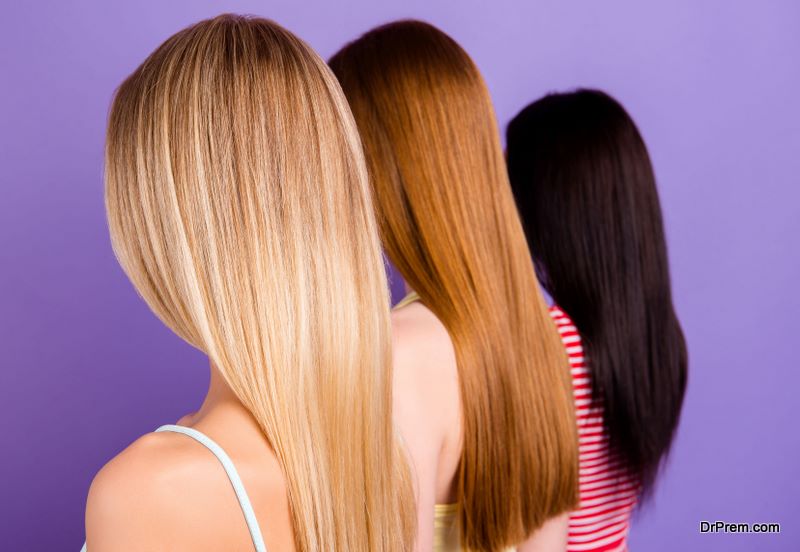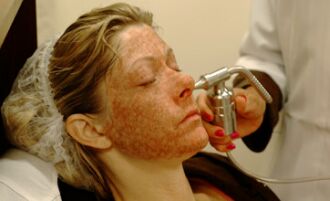Here’s a little secret: Once you know your hair type, everything changes.
Instead of mindlessly buying products, you’ll be able to seek out the ingredients that work for you. No more months spent in trial-and-error purgatory. But, how do you go from knowing the basics of your hair to being an expert?
Well, you’ll need to learn about the different types of hair textures and where your mane fits into the equation. Once you nailed that part down, you’re one step closer to #hairgoals.
Ready to learn more? Let’s get started.
Hair Textures
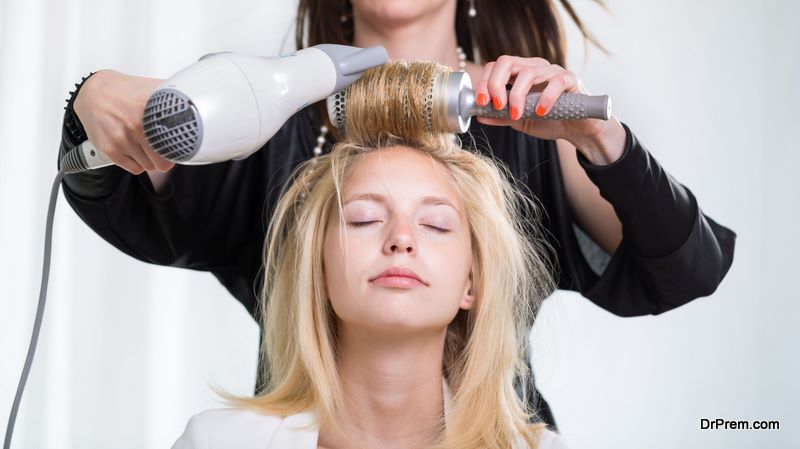
When people talk about natural hair texture, it often involves a curl pattern. Not the kind you get after using heat styling tools, but the natural state of your hair after washing it.
There is a nifty system in place to categorize these types of hair. If you’re already a hair professional, you know Type 1, Type 2, Type 3, and Type 4. Additionally, there are also subtypes that are lettered A through C, which determines if there’s a loose or tight curl pattern.
Type 1
Type 1 pattern is classified by not having any wave patterns and being pin-straight. This type of hair tends to be shiny and oily because there is no curl. Natural oils can reach all the way down to the ends.
Type 2
Type 2 hair is classified as having a loose S shape and being more naturally wavy. This type of hair is not usually as oily as Type 1 because of the hair strand’s texture, but it isn’t necessarily dry either.
Type 2a tends to be beach waves, type 2b are more clearly defined waves, and type 2c consists of tightly drawn waves.
Type 3
Type 3 hair is naturally curly and shaped like an S. Type 3 form ringlets that are defined without any additional manipulation or styling products. This type of hair tends to be drier because of the texture.
Type 3a are loose ringlets, type 3b are more spiraled and springy, and type 3c is the most tightly coiled of the three.
Type 4
Finally, there’s type 4 hair. This is coiled hair that doesn’t have the defined ringlets that type 3 does. This type of hair tends to need the most moisture because of the individual hair strand’s shape.
Keep in mind that you may have a combination of different hair types.
Hair Structure
Now we are at hair structure, which is mostly about how thick your hair is. It significantly impacts your hair’s ability to hold styles. There’s coarse, medium, and fine.
The best way of finding your hair’s category is by taking an individual strand from hairbrush and by leaving it on a plain surface. After this, you should take a six inch sewing thread and place it parallel to the hair strand.
If your hair is thinner than the tread, your hair is fine. If it’s thicker, it’s most likely coarse. Anything other than that would mean your hair is medium.
Porosity
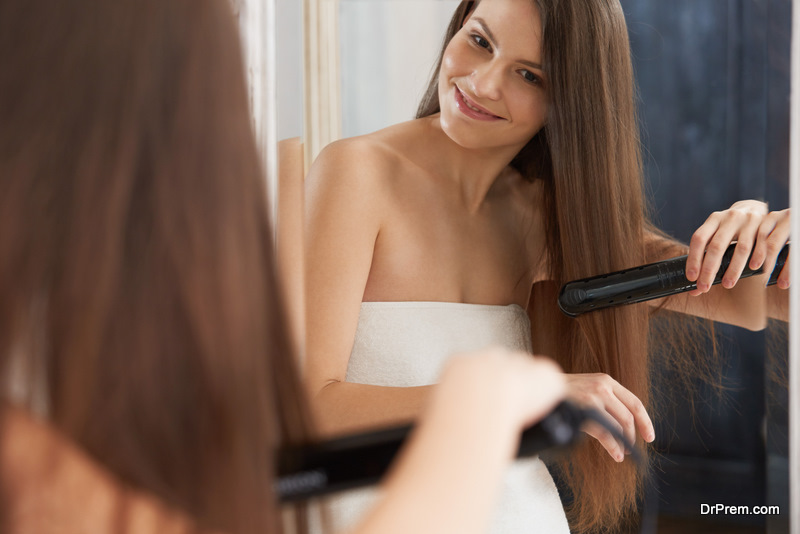
How do you determine it? Take one of your hair and immerse it in a bowl full of tap water
If the hair sinks to the bottom, it has high porosity. If it floats above the water’s surface, its porosity is low. That means it doesn’t absorb too much of water. When it floats in the middle, it’s considered normal porosity.
What does this all mean for your hair? Well, hair with high porosity absorb moisture very easily because there are tears surrounding the cuticles. You shouldn’t do heat styling or treat your hair with harsh chemicals in order to dry them.
Hair with less porosity has the cuticles lying flat, which blocks the entry of moisture from within the strands. Your biggest worry here is product buildup. That’s why you want to make sure you apply products while your hair is still damp.
Don’t Forget the Scalp
When your scalp isn’t doing so well, your strands will suffer too. That’s why taking care of your scalp is crucial.
Determining the condition of your scalp can be a bit of a tricky process, but it requires inspecting your hair and scalp on the second day after a wash. If the roots look flat and greasy, you likely have an oily scalp.
An oily scalp requires oil control. There are many products formulated to balance out your scalp’s sebum and prevent buildup.
On the flip side, you might experience flaking. This means your scalp is dry, and you need more gentle products.
There’s also a chance you have a combination of the two! This is brought on by oil and product buildup. You’ll want to add both oil control and soothing scalp products to your routine; this will help limit excessive oil and calm an irritated scalp.
Certain conditions, like thin or brittle hair, might be a result of an unhealthy scalp. Using the right products and exfoliating will bring it back to life. You can also use PRP for thinning hair.
Different Types of Hair Textures
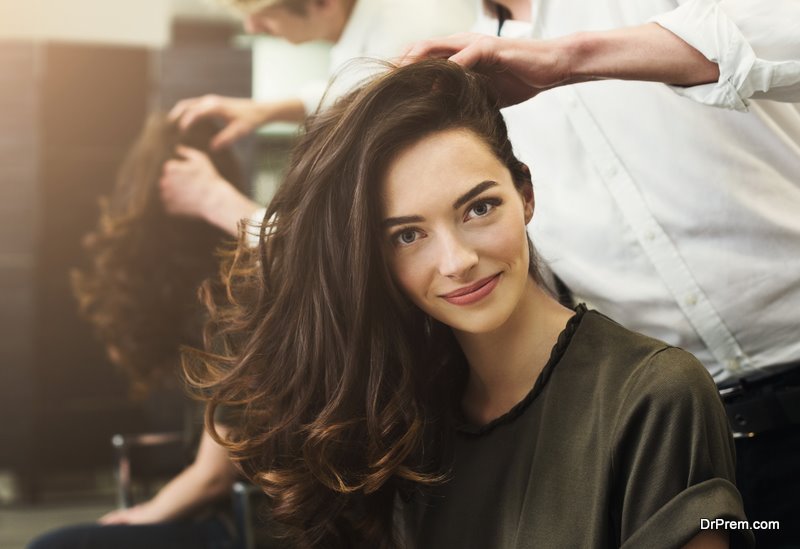
The first step to dealing with hair problems is to learn about the different types of hair textures. Once you’re able to identify yours and learn more about the specifics, you’ll be able to transform your hair.
Loved this article and looking for more? Be sure to check out the beauty guide section of our blogs.
Article Submitted By Community Writer


